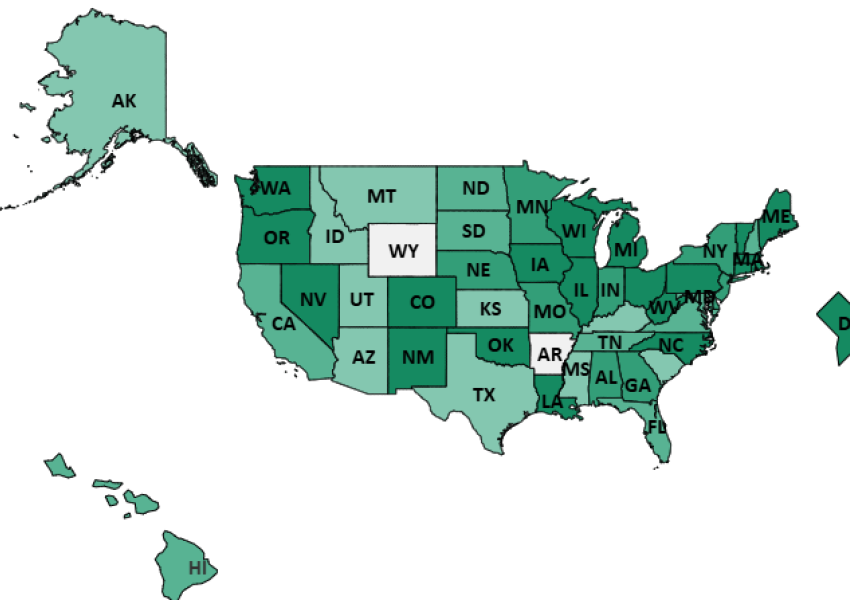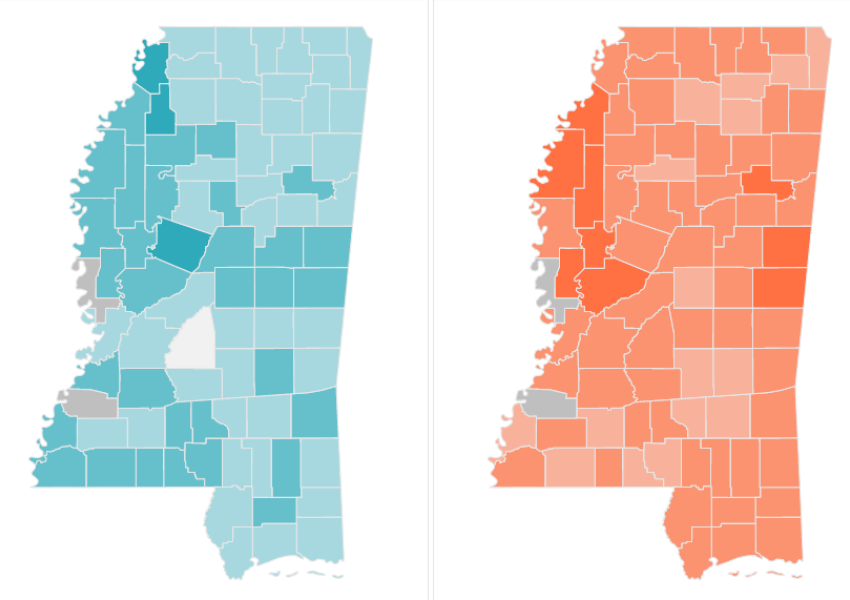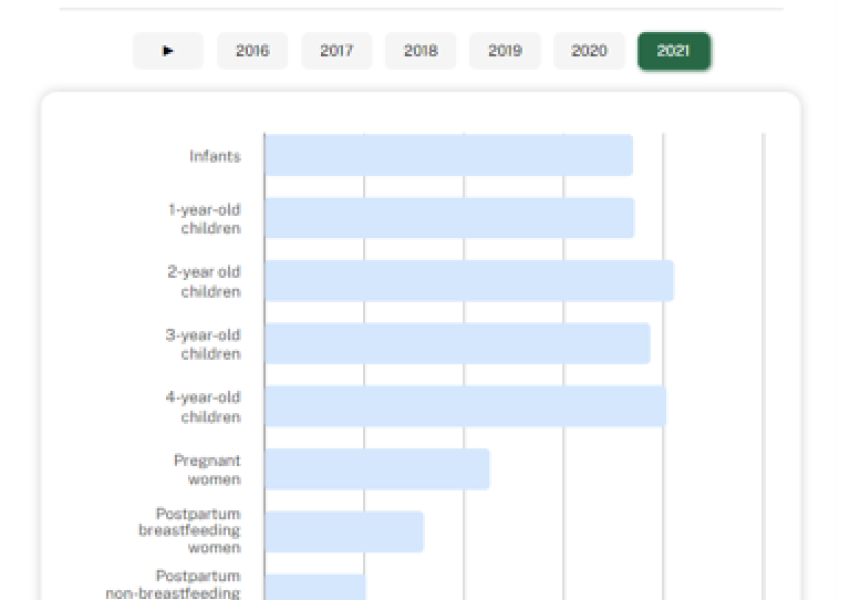FNS regularly conducts research and data analysis to inform program or policy decisions and understand nutrition program outcomes. In addition, FNS seeks to make data accessible to state and local agencies, service providers, and the public by developing data visualization and analytics tools that can be used to support nutrition program delivery or report on outcomes.
The below data visualization and analytics products bring together FNS, USDA, and other federal datasets to answer questions related to food security, nutrition assistance programs, and the systems that support them. Dashboards include “about” or “information” pages to answer questions about navigation, interactive functionality, data sources, and the data transformations that have been applied.
SNAP Household Characteristics Dashboard
This dashboard describes the economic and demographic characteristics of households participating in SNAP by state and over time, as well as SNAP participation rates by state and by household characteristic.
06/13/2025
School Foodservice Supply Chain Challenges Dashboard
This dashboard visualizes key challenges School Food Authorities faced during school year 2023-2024 based on findings from the 2023-2024 School Food Authority Survey III on Supply Chain Disruption and Student Participation.
12/18/2024
SNAP in Action Dashboard
SNAP helps put healthy food within reach for those in need. This dashboard is intended to provide the public with an understanding of how SNAP helps make nutritious food more affordable for low-income households.
06/25/2024
FNS Program Participation Dashboard
The program participation dashboard is an interactive tool that provides FNS nutrition program data, including participation and meals served, at the state, territory, and national levels.
06/14/2024
WIC & FMNP Modernization Dashboard
WIC has been serving families for more than 50 years. To ensure that WIC continues to get results, the program must modernize.
04/04/2024
Child Nutrition Dashboard
The goal of the dashboard is to provide national and state level visualization of meals served, participation, and funding data for the National School Lunch Program, School Breakfast Program, Child and Adult Care Food Program, and Summer Food Service Program. The dashboard can be used by federal, state, and local organizations to assess trends in child nutrition program activity.
02/14/2024
SNAP Replacement of Stolen Benefits Dashboard
This dashboard displays state-reported data provided to FNS in accordance with the January 2023 guidance on the replacement of stolen EBT benefits with federal funds. All data provided to FNS will be posted here quarterly, as soon as possible following receipt.
10/27/2023
Nutrition Education and Local Food Access Dashboard
The Nutrition Education and Local Food Access Dashboard is comprised of public data. The goal of the dashboard is to provide a county-level visualization of FNS nutrition support, specifically nutrition education and local food access, alongside other metrics related to hunger and nutritional health.
06/23/2023
SNAP Eligibility and Access
This visualization represents a joint effort of the U.S. Census Bureau, the Food and Nutrition Service, the Economic Research Service and our state partners to use state administrative records to estimate SNAP eligibility rates at the state and county levels.
07/15/2019
WIC Participant and Program Characteristics
FNS produces biennial reports on WIC participant and program characteristics for use in program monitoring and managing WIC information needs. The data visualizations summarize demographic, income and health-related characteristics and behaviors of participants certified to receive WIC benefits.
06/20/2018
Estimates of WIC Eligibility and Program Reach
Each year, FNS estimates the number of eligible individuals for WIC during an average month of the calendar year. FNS uses estimates of the number of individuals eligible for WIC and the number likely to participate to better predict future funding needs, measure WIC performance, and identify potentially unmet nutrition assistance needs.
11/03/2014
Page updated: March 14, 2024
















